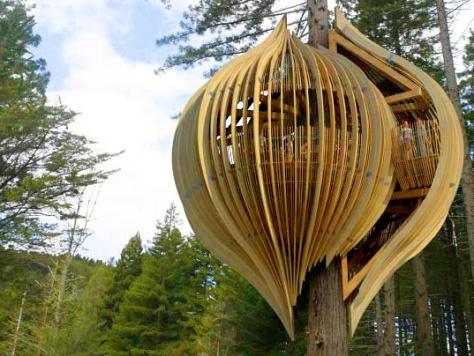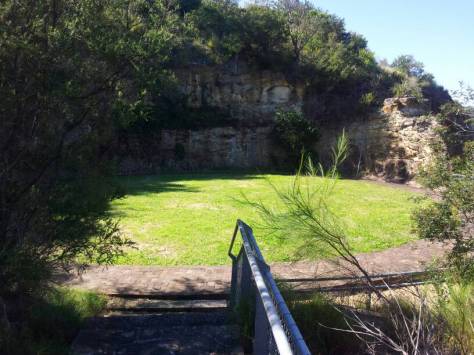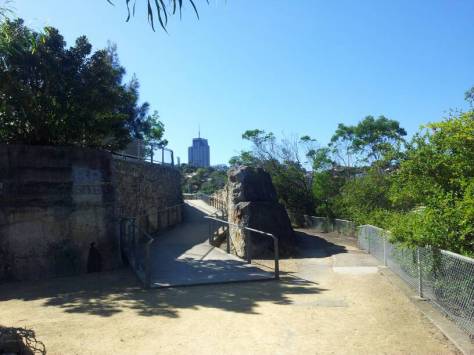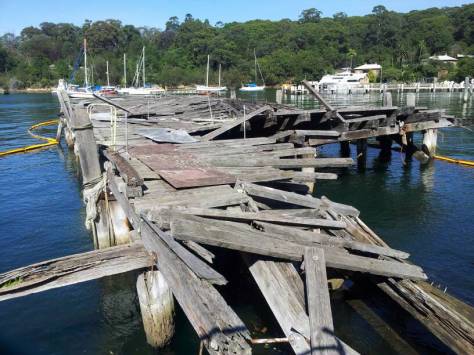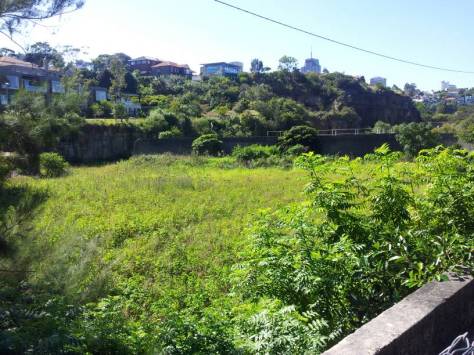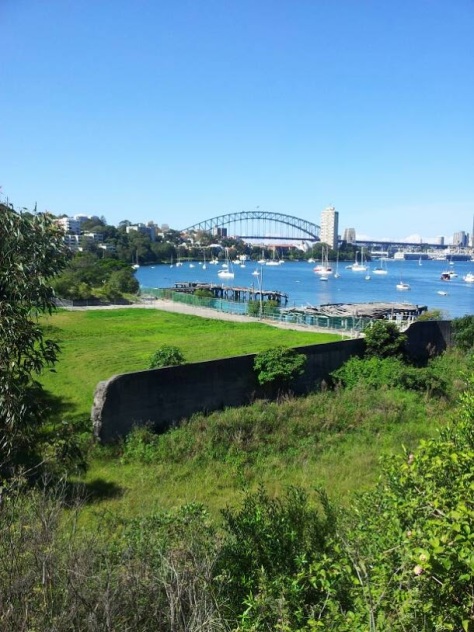The story is: one of my co-workers’ phone has died this morning. After a day of calls, she has founded that she should introduce her phone in water and say that it had felt down into the sink, so they can give her a new phone, instead of trying to fix it. Apparently fixing it would cost them more so they tell you how to trick the insurance. How crazy is that!
On one hand we have the programmed obsolescence on many devices; and on the other, the companies themselves suggesting how to avoid fixing them.
How much waste and useful (and expensive) materials we need to throw away? When is the system going to collapse?
I really think that the system, all of it, the economic, political or social side,…is not working at all. It’s philosophy is wrong.
You cannot design things thinking how long they are going to last and make them to break in a determined point. Or just produce waste and not be responsible of it. Or exploit other countries resources, destroying their environment and coming back to your country without responsibility.
